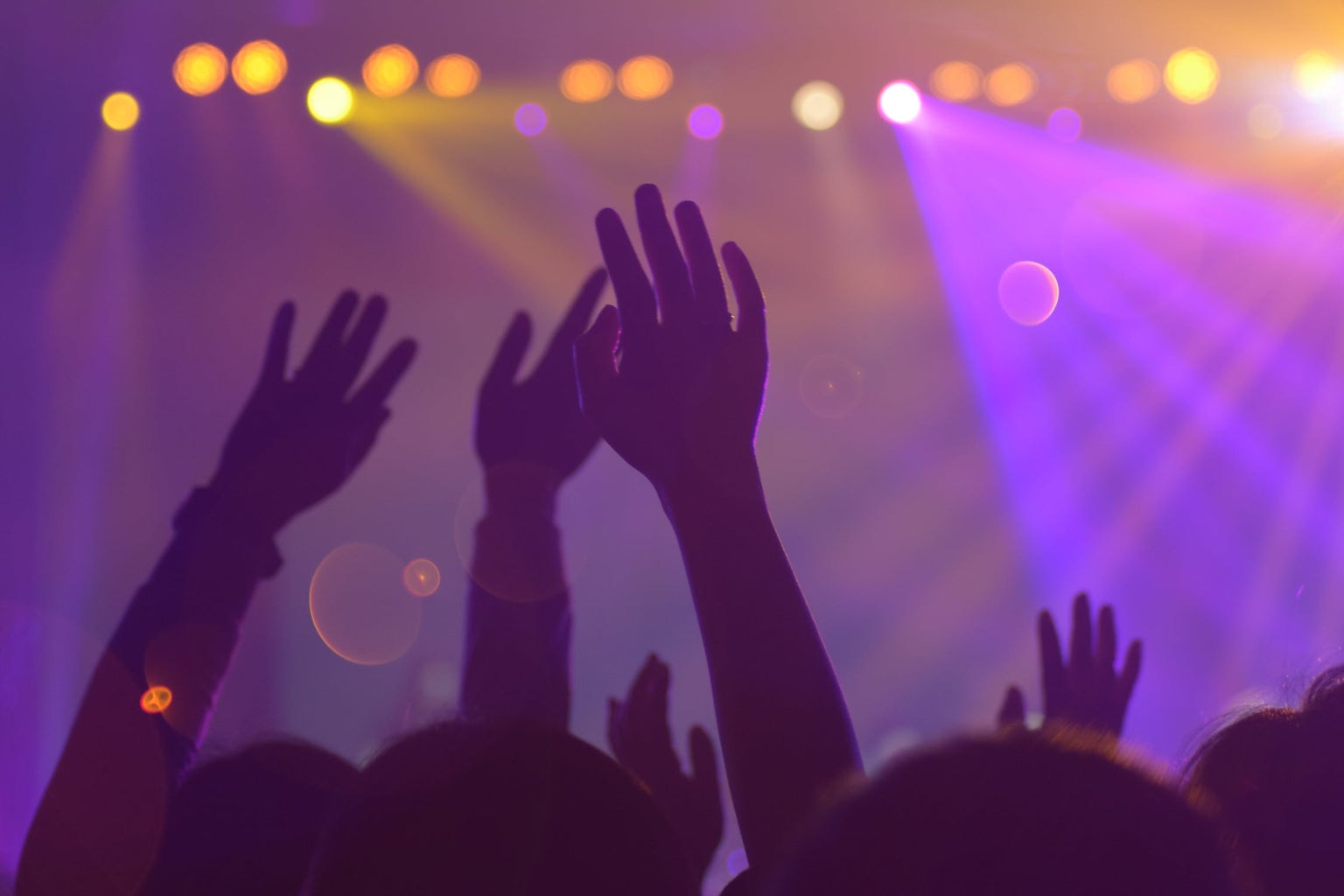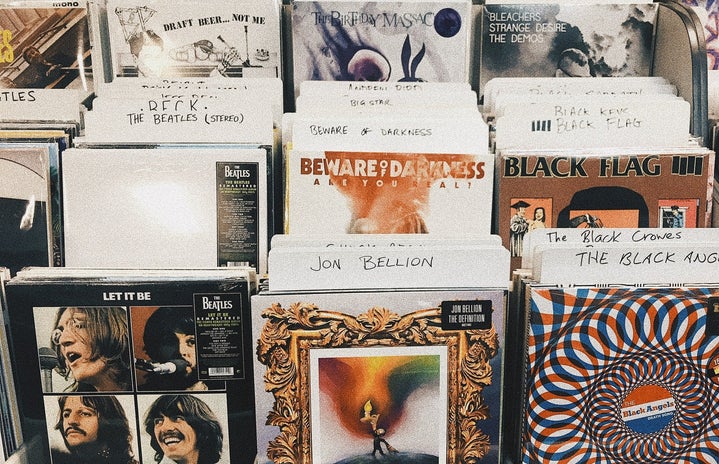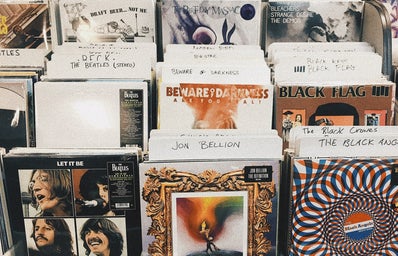Let’s start by talking about radio. Earlier this year, a viral tweet by the country radio station WKCQ stated, “We cannot play two females back to back.” While the tweet was deleted, this kind of talk is described as an “open secret” in the industry. Another common “rule” in country radio is that female artists should never comprise more than 15 percent of a set. It goes without saying that this kind of blatant discrimination is a prime example of why there may not seem to be as many female artists as male ones in a given genre, or even in the music industry as a whole.

One of the things I find most interesting about gender representation in music is the way that women are spoken about (even when being praised) in relation to their genre. Some argue that the phrase “women in rock” inherently places limits on women, and that it perpetuates the tradition of only comparing women to one another with little regard for their actual musical ability. It preserves the narrative that music made by women is indistinguishable and that one female artist can easily replace another. Yet somehow, they cannot be compared to male artists because they are not in the same “league.”

Gender representation in the music industry isn’t a women’s issue or a men’s issue––it’s an issue of power. The people who have the power in the music industry are largely cisgender white men, and it has always been that way. Conversations about gender representation and equity cannot take place on a binary. The feminist project, Turning the Tables, seeks to rewrite music history without the exclusion of female, non-binary, and transgender artists’ profound influence. The project uses “women+” as an umbrella term for all non-cis-male musicians, though this has drawn some potential criticism as being a reductive way to give a nod to non-binary artists without really centering them in the conversation. If power structures are at the heart of this issue, it’s clear that, like most other issues of inequity, true representation cannot be achieved until they are dismantled.
Spotify can keep using artists who represent marginalized groups in their promotional efforts, but until we have a system that is fully representative on all levels-––that includes decision-making roles, like production and management––efforts to achieve representation will be inherently incomplete.
Want to keep up with HCBU? Make sure to like us on Facebook, follow us on Instagram, check out our Pinterest board, and read our latest Tweets!



